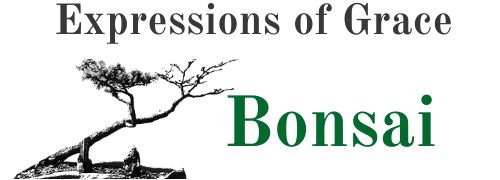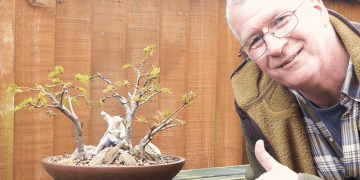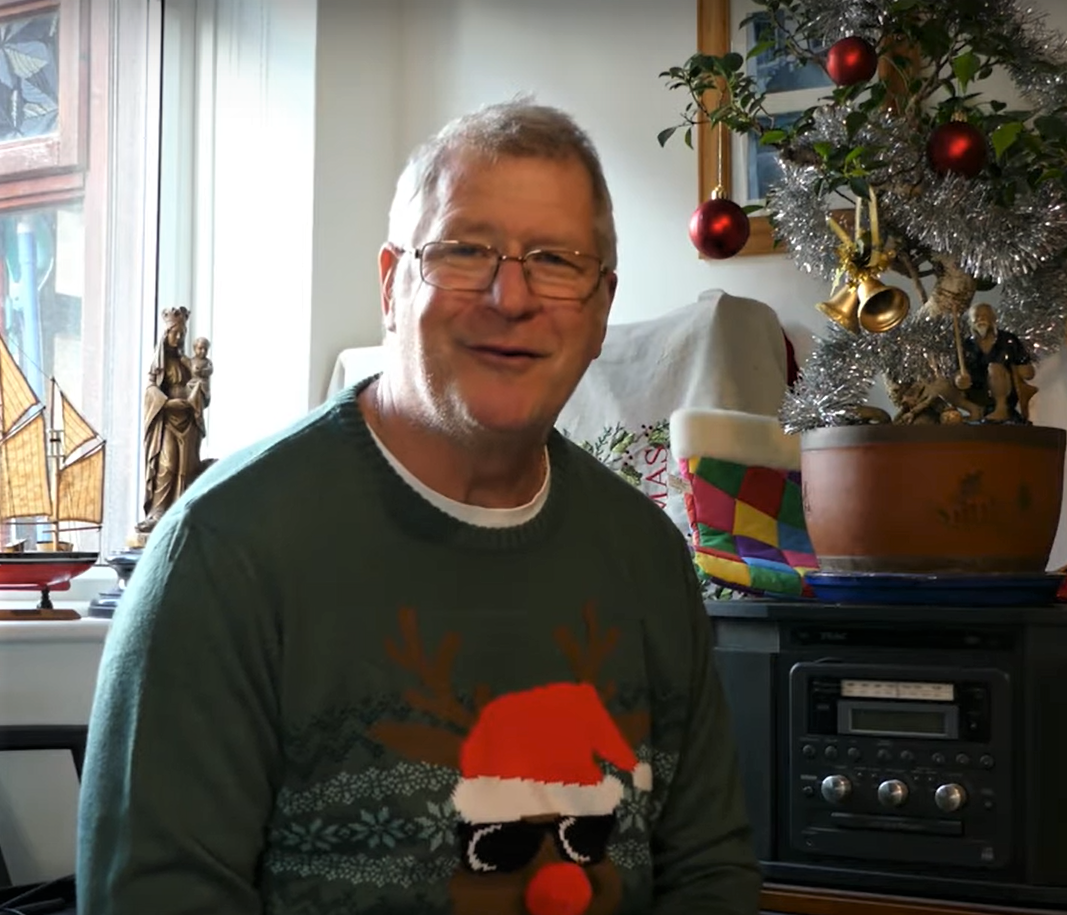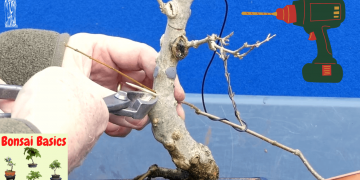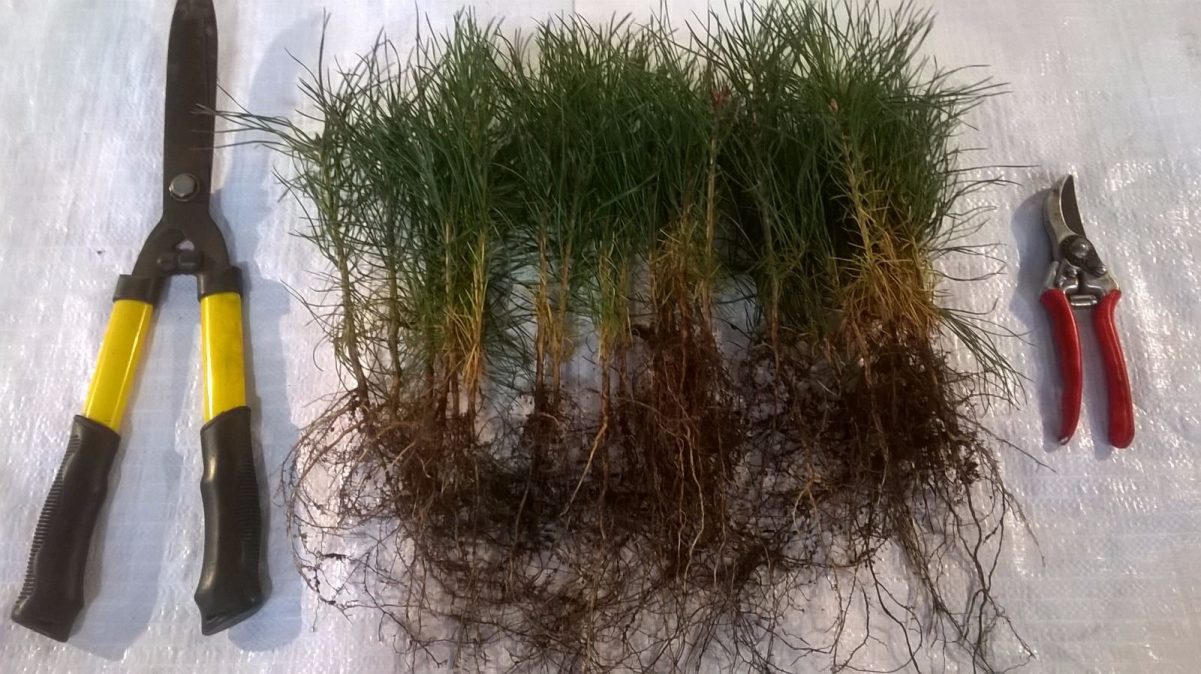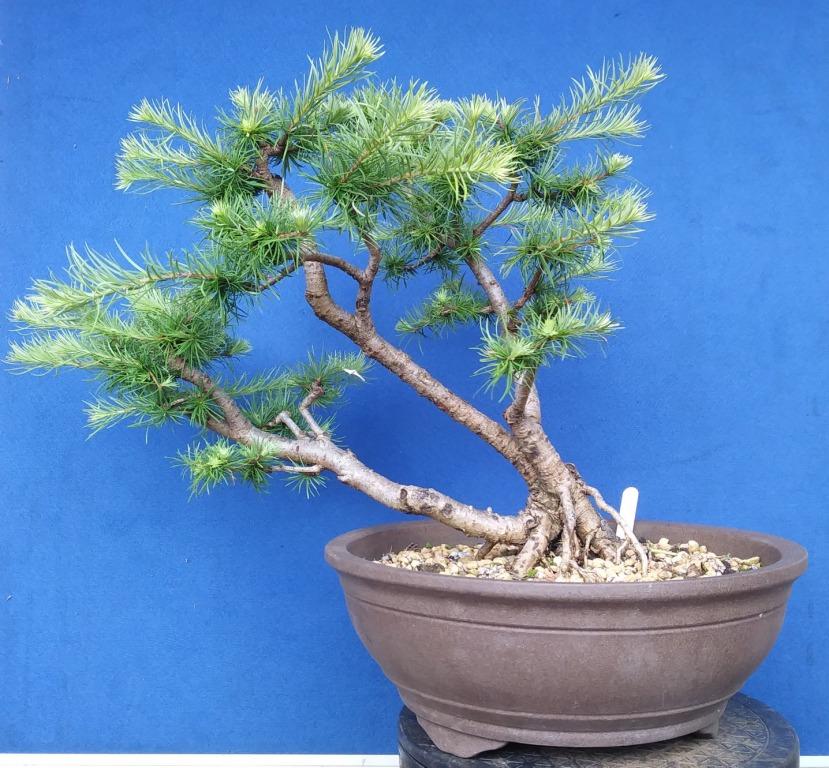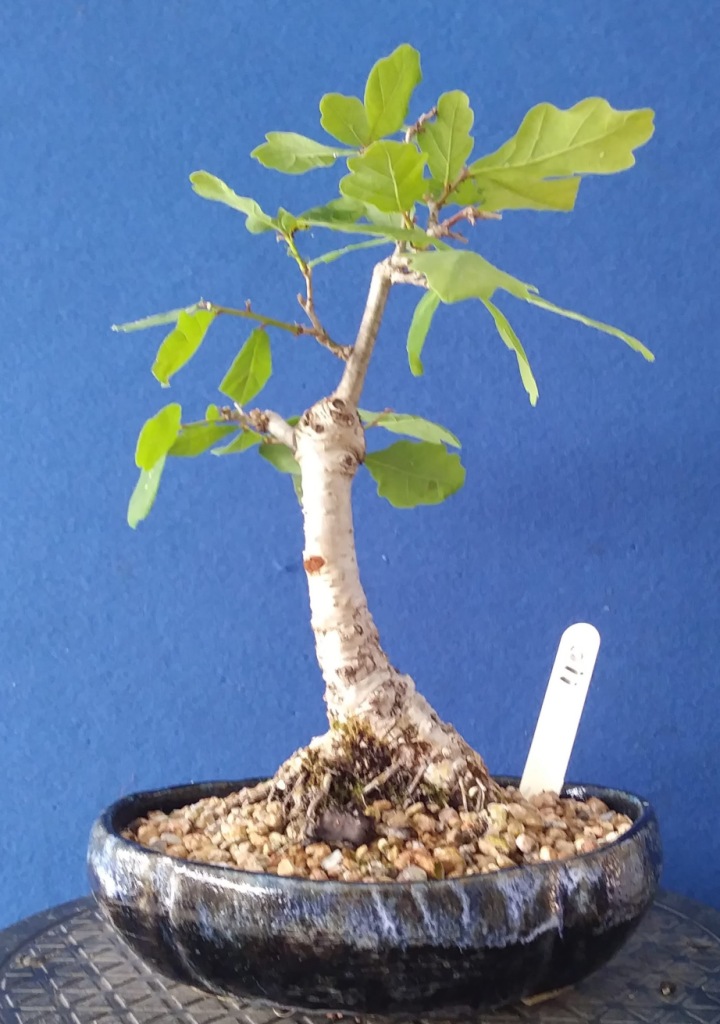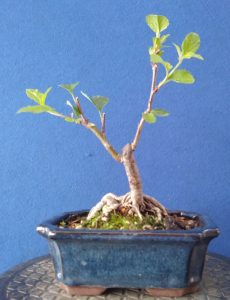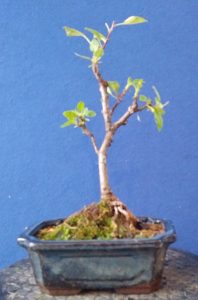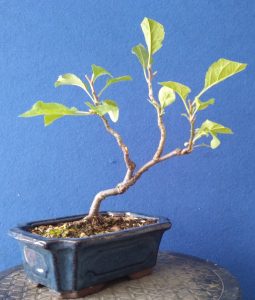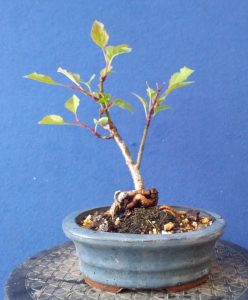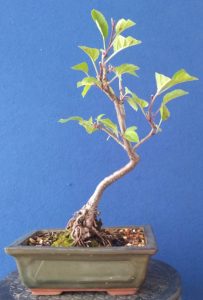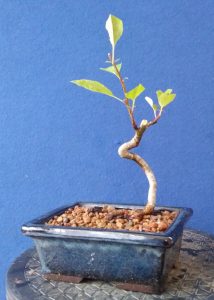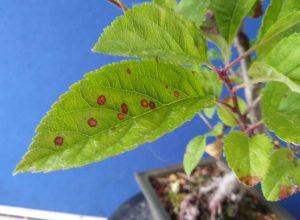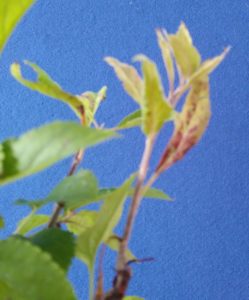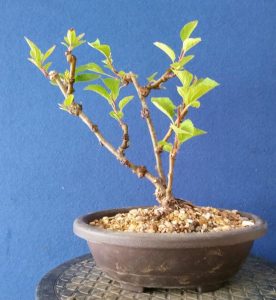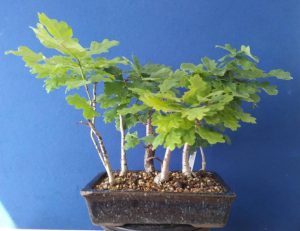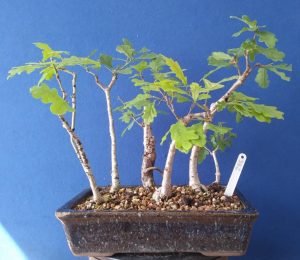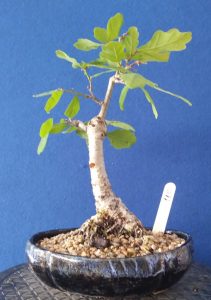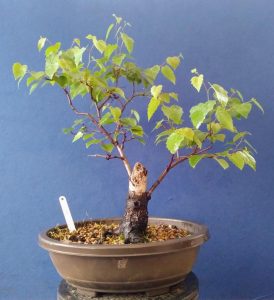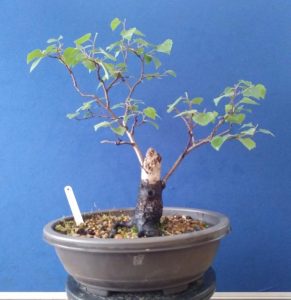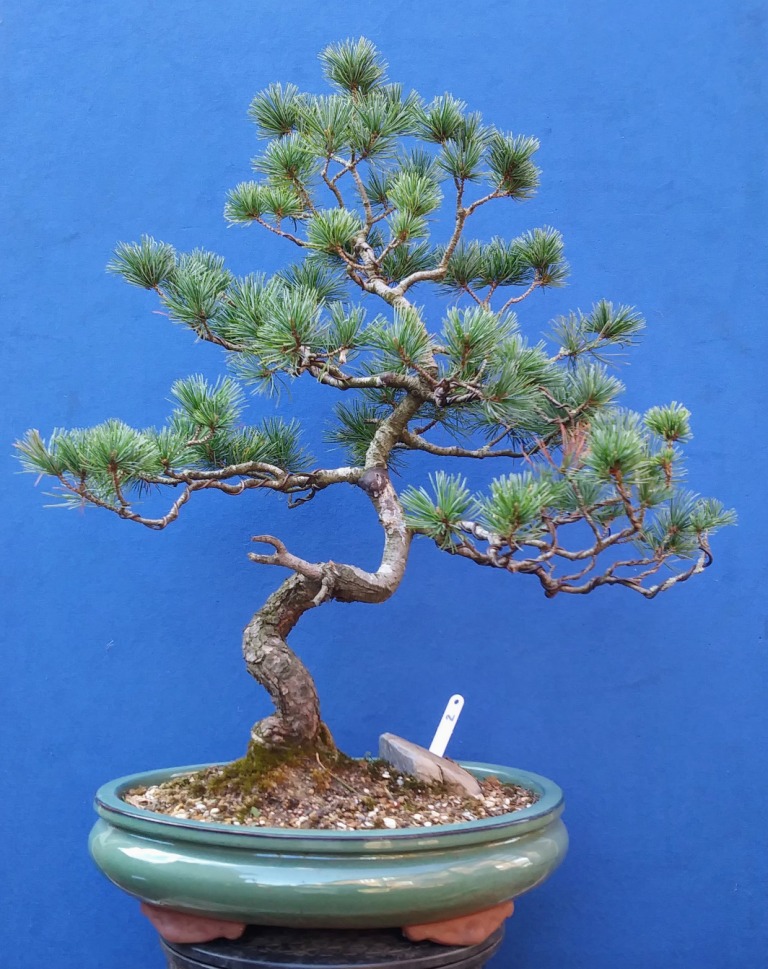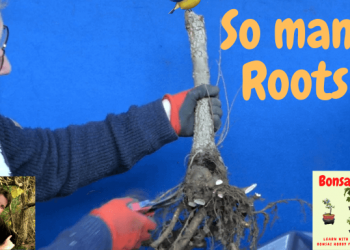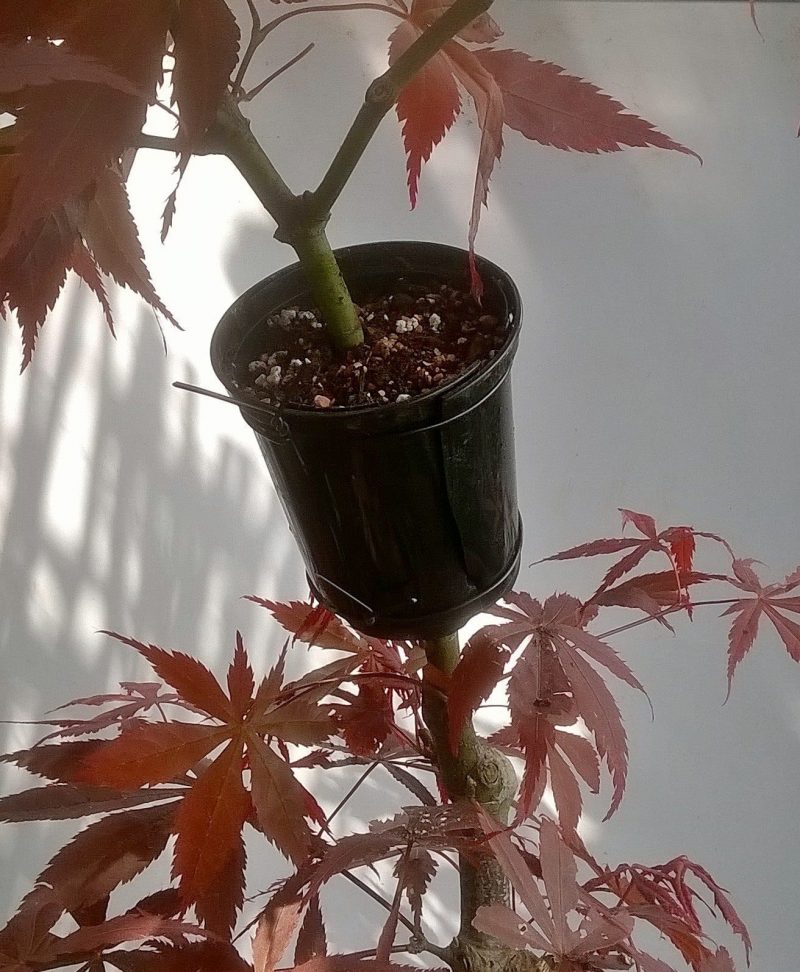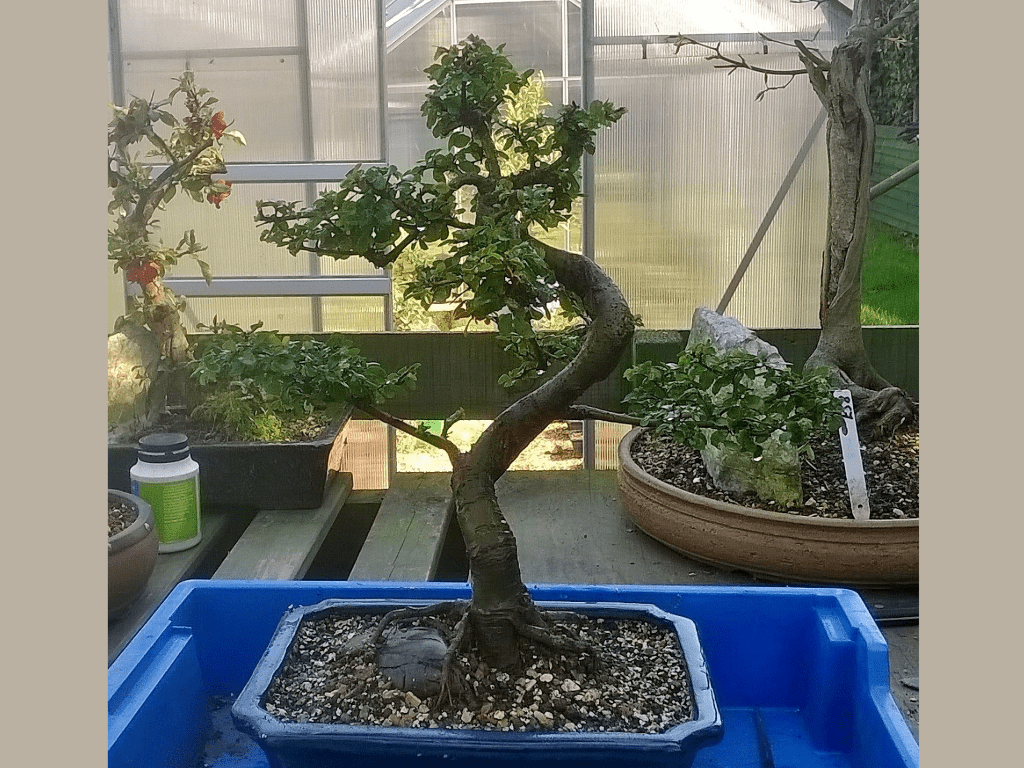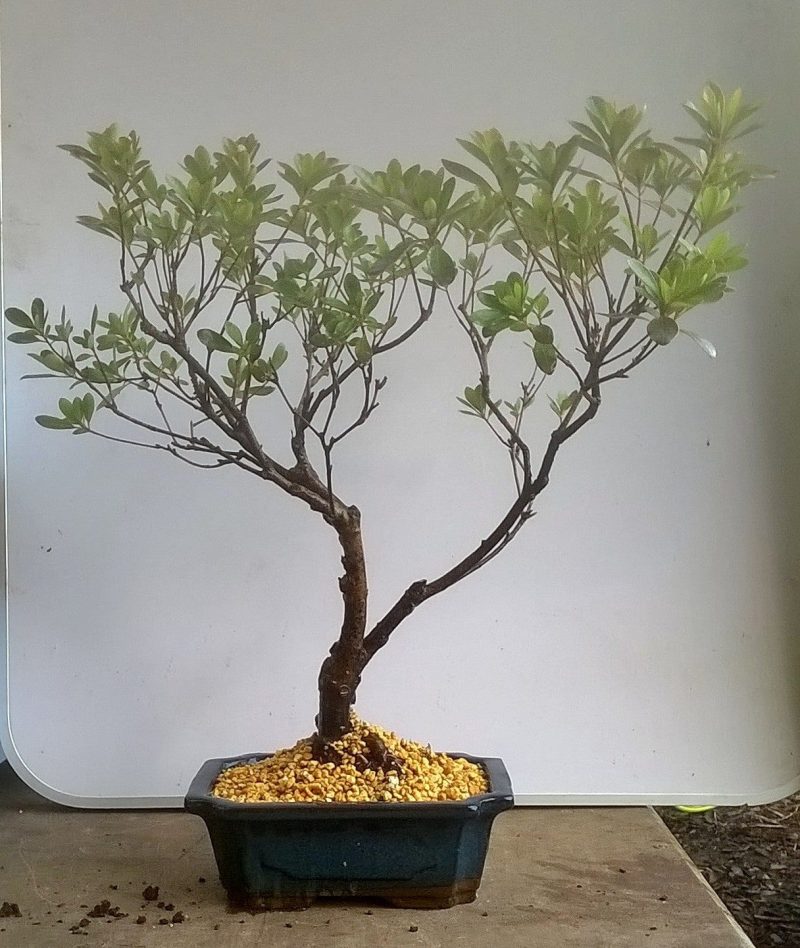Welcome to the final article covering the ‘Post Flush hardened’ period. In truth, we should all have our decidious bonsai pruned by now…but life does get in the way sometimes!
I have started off with an image carousel displaying a few of the ongoing apple pip projects. I have quite a few more in similiar stages but these were the ones pruned today. The more I work with apple the more I learn and the more I come to see the potential they hold for novices and experts alike. The biggest tip I have is not to let the shoots get away from you – they thrive in creating coarse and ugly junctions.
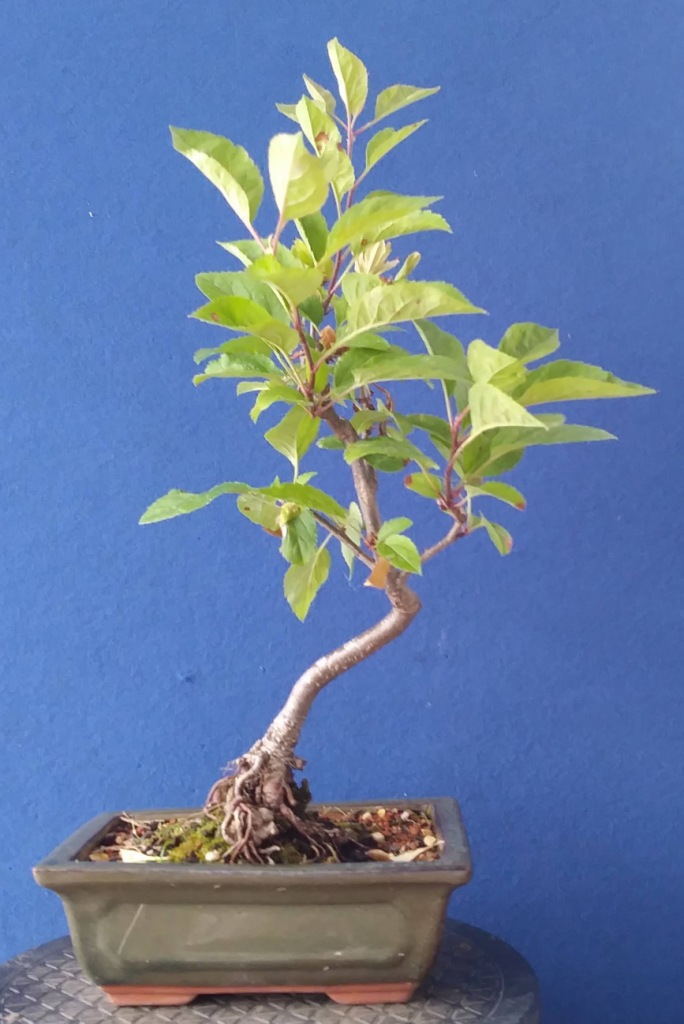
Apple potensai
Apple produce a vigorous flush of growth and sends out multiple shoots from each junction. If left unpruned these will lead to unsightly scars on the trunk and primary branches.
This apple originated on Stronsay in the Orkney Isles. Living a sheltered and cloistered life amongst the religious it found life in the chaos of Grantham overwhelming 🙂
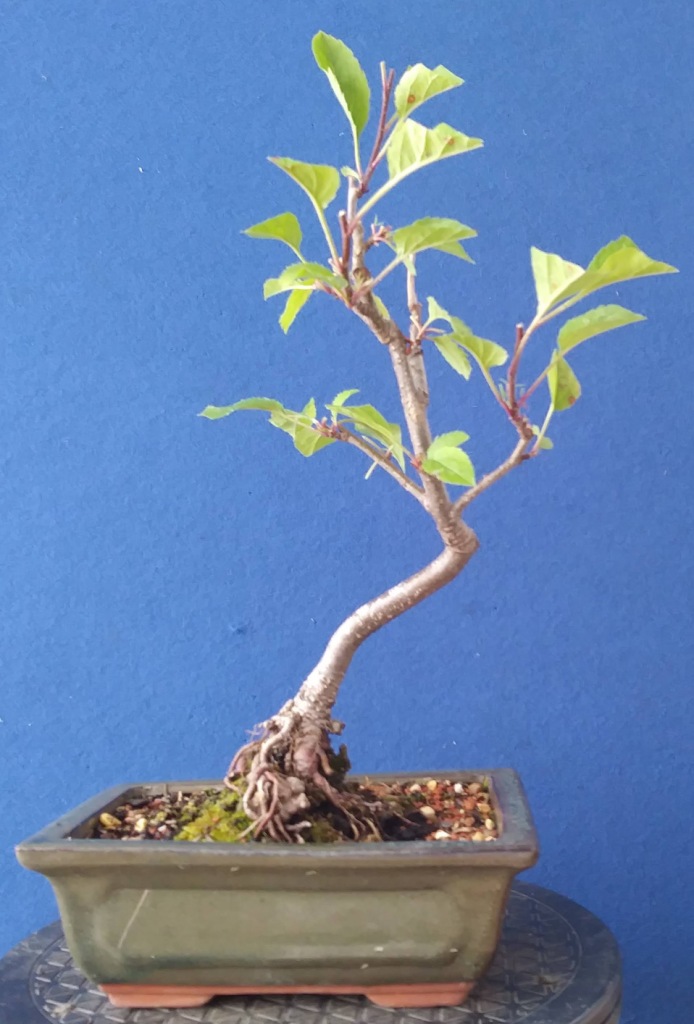
The pruning approach is the same as I have described in previous posts. It is also important to remove all basally growing shoots from the root mass.
There is also no issues with trying to clean up stubs and other unsightly bumps and lumps. You can use bonsai tools (concave cutters) or any other sharp razor that allows for a clean cut. It is worth purchasing awound sealant for those bigger exposed sites.
Apple suffers regularly from scab and powdery mildew. These are unsightly and do lead to leaf loss and branch death.
Scab is an air-borne, fungal disease and is easily recognisable by the black-brown spots that appear on the leaves. It spreads during wet periods in late spring / summer. By the time you have noticed scab, it will be too late to control with fungicides.
So I would advise:
Correct pruning practises that remove infected shoots and leaves to maintain good airflow inside your tree, reducing the damp microclimate beloved by scab. Scab will also harbour in fallen leaves over winter only to infect next year’s new growth, so it’s a good idea to either rake up fallen leaves in the autumn or collect them with a mower.
Powdery Mildew seems to hit my apple bonsai every year when the sun begins to shine. Unlike most fungal infections, apple powdery mildew spores do not require moisture to germinate. Therefore, this infection is known as the “dry weather disease.”
The leaves and blossoms become covered with the fungal spores as they emerge from their buds. The spores look like a light gray or white powder, and the infected leaves curl upward and eventually die. These spores are easily blown by the wind and cause secondary infections on new shoots, leaves, and fruit. As long as the shoots continue growing, the leaves and shoots can continue to become infected.
So I would advise:
You should prune any shoots that appear white in the early spring, so they won’t spread spores. Regular use of an appropriate fungicide is crucial – especially early spring and then almost weekly through the growing season. After leaf fall in autumn critically examine the trunk and branches for signs of infected growth…remove anything that concerns you.
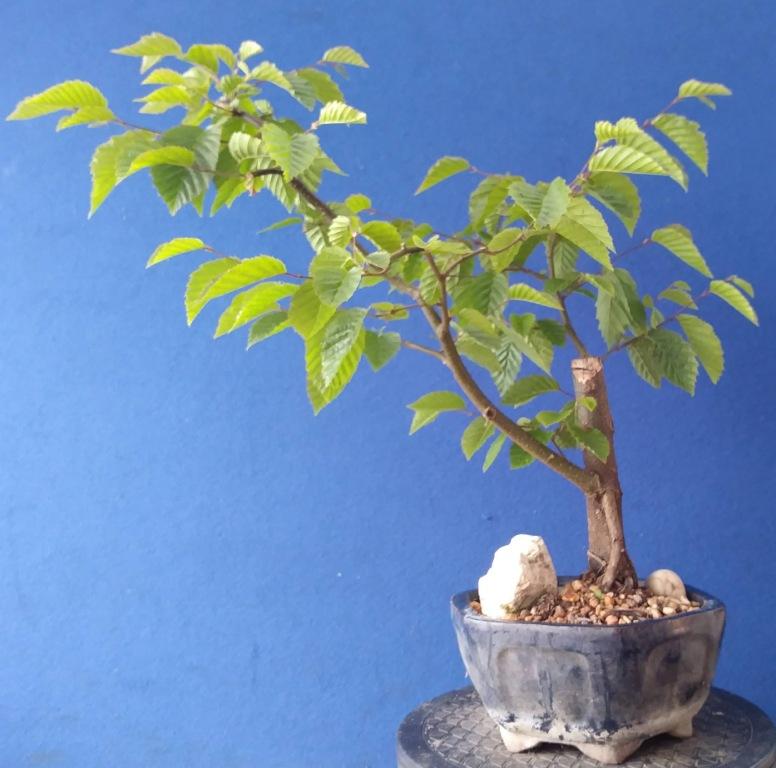
Hornbeam
The hornbeam is another popular hedging style plant for novices to cut their teeth on. A very forgiving subject you can make some serious errors and still have a fantastic bonsai. This is a nursery ‘cast off’ that I saved in 2015. I cut the trunk down 3 years ago and just let it recover.
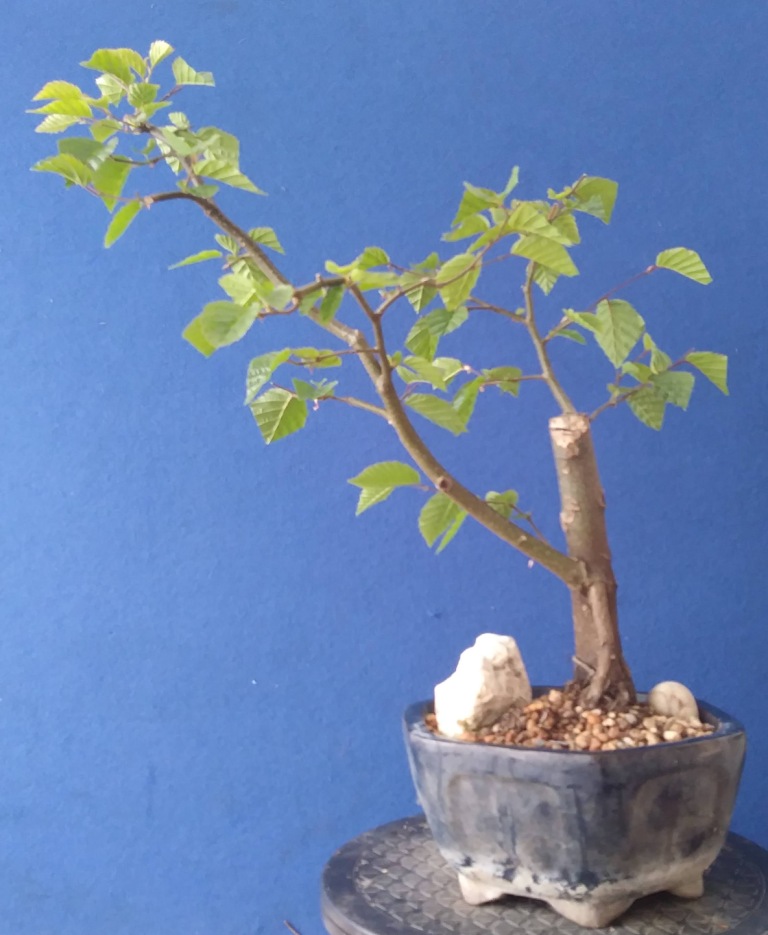
Pruning is the same as with all of the other species and generally I always carry out a partial defoliation and leaf reduction. It is slower to produce the second flush but it will appear. Beware – this tree, like maples, are a favourite for greenfly…so make sure you spray 🙂
I will start to carve down the ugly stump in mid to late summer.
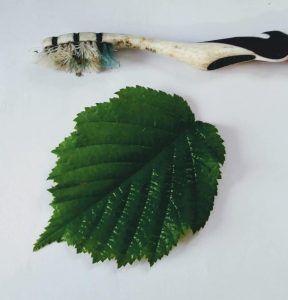
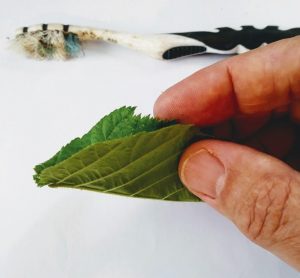
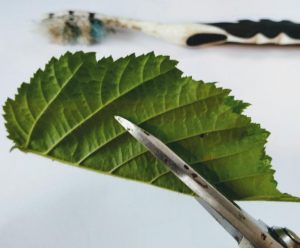
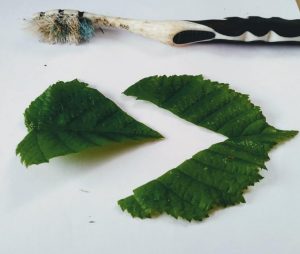
Leaf Reduction and Partial Defoliation:
This is the means in which we can encourage buds to be activated and is also a means of increasing air and light flow to the entire canopy. I never remove more than 50% of the leaves and size reduction is also about 40%. When I remove a leaf I always ensure to keep the opposing untouched.
This pruning process does not change across a broad spectrum of decidious varieties. I have tried to highlight a few of the nuances for Dawn Redwood and Japanese Larch for which you must be aware. You may find variations within your own collection so it is important to observe how your tree reacts to pruning and consider ammending timings etc.
The crucial element for any pruning is be certain you know what you are trying to achieve AND make sure the tree is healthy before you start reducing its ability to photosynthesize. Where you have powdery mildew try to intervene early and always isolate the bonsai. I spray quite regularly with one of the common brands of fungicide. It may not look great this year but it is highly likely that next year it will come back strong.
I have included some examples of ‘before and after’ for Oak and Silver Birch. Please enjoy and do contact me if you are uncertain in anyway – I will do my best to help.
Happy pruning & spraying 🙂
